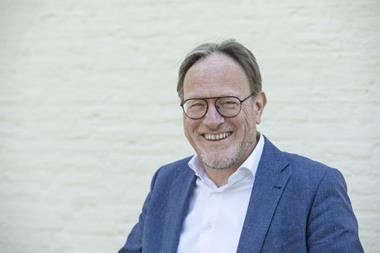NETHERLANDS - The four largest Dutch pension funds saw their coverage ratios drop during the third quarter - despite strong returns - due to the sharp drop in long-term interest rates.
Long-term interest rates have fallen from 3.15% to 2.78% in the third quarter, down from 3.9% at the end of 2009.
The €230bn civil service scheme ABP reported a 5.7% return on investments, but said its funding ratio still fell by 1 percentage point to 94%.
However, the scheme added that, due to the volatility of interest rates - the mandatory criterion for discounting liabilities - its coverage ratio had increased again by 6 percentage points in September, after a 10-point drop in August.
ABP's recovery plan stipulates that its funding ratio must be 96% at year-end to avoid benefit cuts or a further increase of contributions.
Meanwhile, the €97bn healthcare pension fund PFZW returned 6.9%, but saw its funding drop by 1 percentage point to 98%.
Peter Borgdorff, director at PFZW, said: "Despite excellent returns on investments, our position is quite less comfortable than at the start of the year, thanks to the interest rates' drop. Therefore, our position is still worrying."
PMT, the €37.3bn pension fund for metalworking and mechanical engineering, reported returns of 6.3% in the third quarter, taking its cumulative yield so far this year to 11.8%.
Its coverage ratio fell by 2 percentage points to 89% due to falling interest rates.
However, the metal scheme attributed its strong return in part to its fixed income investments, which returned 5.9%, benefiting from low interest rates.
The pension fund also said its present coverage ratio was in line with its recovery plan.
Lastly, the €23.7bn industry-wide scheme PME said it generated no less than 7.5% in the third quarter and 16.1% so far this year, with fixed income returning 10.2% in the past three months.
PME's holdings in equity, property and alternatives returned 8.1%, 0.9% and 1.3%, respectively.
The scheme managed to prevent its funding ratio from dropping lower than 94%, thanks to a 65% hedge of the interest risk on its liabilities.












No comments yet